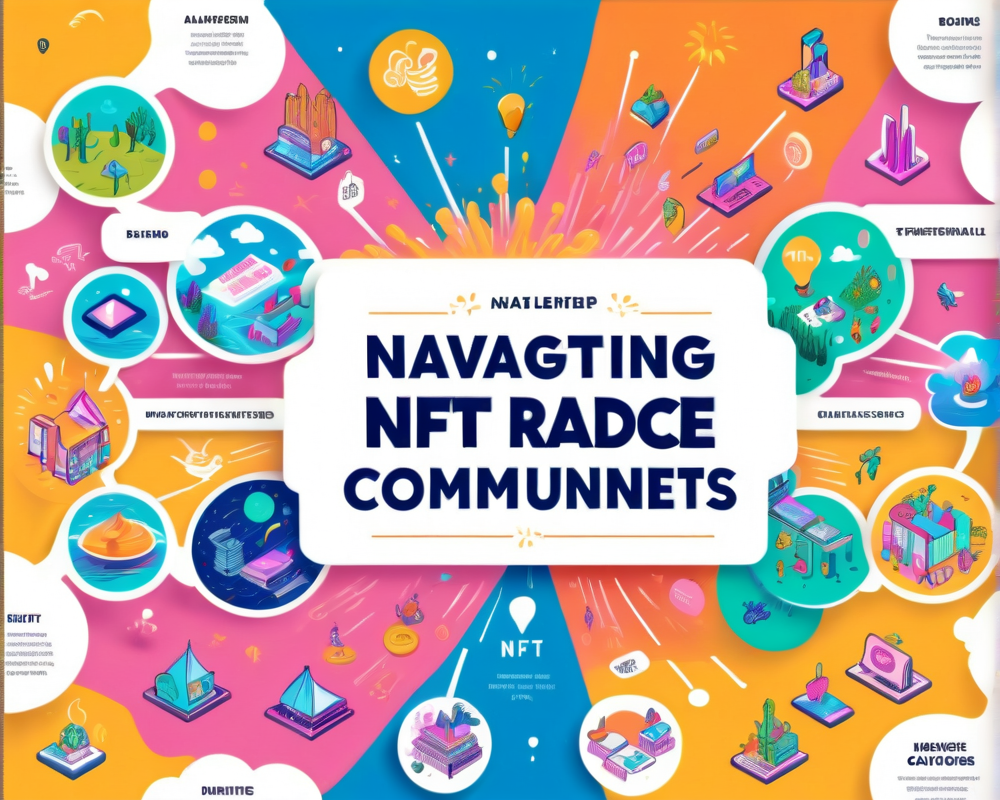Understanding Blockchain Interoperability
The crypto realm is buzzing with enthusiasm as even outsiders begin to grasp the perks of blockchain technology. However, an immense hurdle looms: blockchain networks struggle to talk to one another. Imagine a room full of folks who speak different languages—chaos, right? That’s blockchain interoperability in a nutshell. Without seamless communication between chains, we can’t unlock the full potential of decentralized tech. It’s like having a smartphone but no signal.
The Standardization Standoff
Right off the bat, we hit a snag: the absence of standardized protocols. Developing interoperable solutions like cross-chain bridges and atomic swaps is pivotal. For instance, revolutionary brands are stepping up, such as the implementation of the Polygon bridge which assists in transferring tokens from Ethereum to Polygon. Sounds like a simple fix, yet it requires a chorus of developers to put their heads together.
User Experience: The Hidden Barrier
But wait—let’s not forget about the user experience! If you thought the tech hurdles were pesky, try navigating a world where you feel like a tech wizard just to make a simple transaction. It currently demands a complex setup of wallets and chains, making everyday users want to throw in the towel. Simplifying this range of technical hurdles is crucial for mass adoption. We need it all to be smooth sailing; think of it as turning blockchain’s Rubik’s cube into a straightforward toy.
Cross-Chain Market Constraints
Then there’s the issue of inefficient cross-chain markets. This limitation is akin to trying to run a race while dragging a heavy anchor. Without seamless integration and trust across diverse blockchain platforms, the opportunity for cross-chain innovation remains shackled. Imagine a world where the marketplaces operate as efficient as a well-oiled machine—now that’s the goal!
Decoding Communication Complexities
Communication is key, but within the blockchain ecosystem, it often feels like a game of charades. Each chain has its language and set of proofs, making it difficult to validate information between them. We need a translator, or better yet, standardized communication protocols to avoid misinterpretations that could gridlock entire operations. If only blockchain could scream, “I can’t understand you!” from the rooftops.
Demand Dilemma and the Hack Hazard
There’s also the pressing question of demand. Let’s face it: when fees are sky-high, why would anyone attempt to jump through hoops for a transaction? Yet, as the market heats up, bridging could become invaluable. But on a more unfortunate note, where interoperability exists, vulnerabilities often follow. Wrapped tokens can turn bridges into hacker avenues, exposing unwitting users to risks. It’s akin to leaving the front door open in a neighborhood with a lot of foot traffic—you just never know who might wander in.
Scaling the Heights of Scalability
Finally, we encounter scalability issues. As chains try to transfer large volumes of data, everything slows to a crawl. Solutions like sidechains, sharding, and off-chain computations could remedy the situation, but they necessitate collaborative innovation. Think of it as getting a merry band of blockchain developers to play a harmonious tune instead of a cacophony.
The Road Ahead
Despite these hurdles, there’s a flickering promise on the horizon. The dialogue around interoperability is advancing, thanks to brilliant minds uniting. Innovation in the industry demands continuous communication, collective problem-solving, and a lot of hard work. Let’s not lose sight of the efficiency, security, and expansion that await us once we overcome these obstacles!



